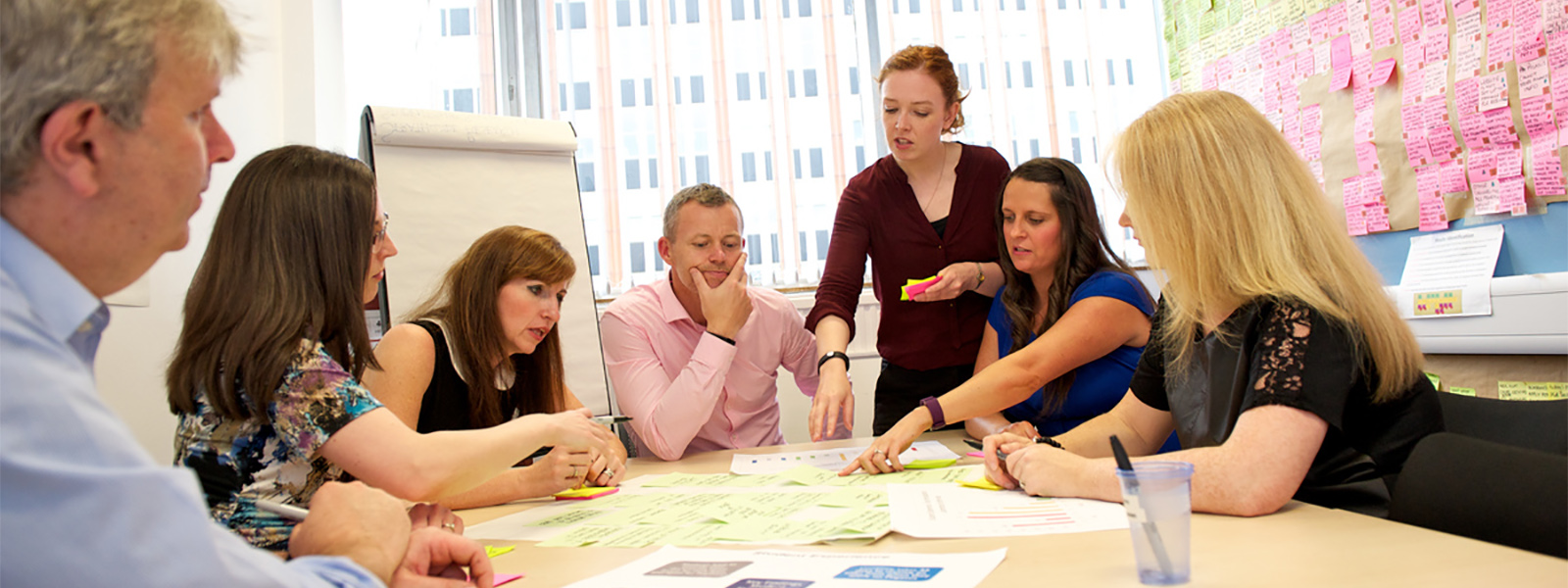My colleague Dr Nicola Cairns and I visited the University of Hertfordshire earlier this month to meet up with the other Leadership Foundation’s Innovation and Transformation Funded project leads to hear about their outputs and the impact across the sector. Our own funded project resulted in the publication of A Guide to Evidencing the Benefits of Business Process Improvement in Higher Education.
It was fantastic to hear about the other projects. What I found most interesting was that many included themes that had been explored through our own project, in particular:
- University of Leicester: Putting students at the heart of our processes
- Oxford Brookes: Evaluation of participative process reviews (case studies from various Universities)
- University of Hertfordshire: Employee engagement-driven higher education process improvement
- Bangor University and Aberystwyth University: People, Process and Performance: A model for change
I've extracted a selection of the key themes from our Guide that I believe are mirrored across the ITF projects.
Common Themes
Managers should 'go and see' the process in action, and actively engage and participate with staff and students at all levels.
It is extremely valuable for key Managers to observe a process prior to obtaining full agreement to proceed with a project. However, this will be dependent on the size and scale of the project.
Spending time with the staff that have a key role in a process will allow you to gain a better understanding and inform your own thinking as a Manager on the potential project benefits.
Capture the Voice of the Customer information and seek feedback
Voice of the Customer activities can provide powerful baseline data. Although survey design and response analysis require dedicated development time, the quality and quantity of information gained from a few well designed questions can benefit a project enormously.
Surveys can rapidly engage many more stakeholders than would be possible using face-to-face methods, arguably providing a more representative sample of feedback and a strong justification to advance with particular improvements. The findings can better focus the project activities and can be compared to future feedback to evidence the positive impact of the improvements made.
Review and communicate your findings throughout the project
A visual Data Wall, Benefits Exploration Map and End of Project Report are useful tools for sharing the outputs and engaging with a wider community. These can help to widely communicate a project’s successes and the anticipated future benefits to all stakeholders. This ensures that stakeholders are aware of how their contribution has resulted in project benefits and that their efforts are appreciated.It also reinforces the importance of data gathering to a wider audience and drives behaviours to evidence the impact of project work.
Sharing the ITF project outputs has illustrated that themes throughout our Guide are relevant to a range of projects and are transferable across all HE institutions. When used in conjunction with other project outputs available, they can further support the evidencing of benefits and impact of change initiatives to help demonstrate the positive effects that collaborative process improvements can make.


